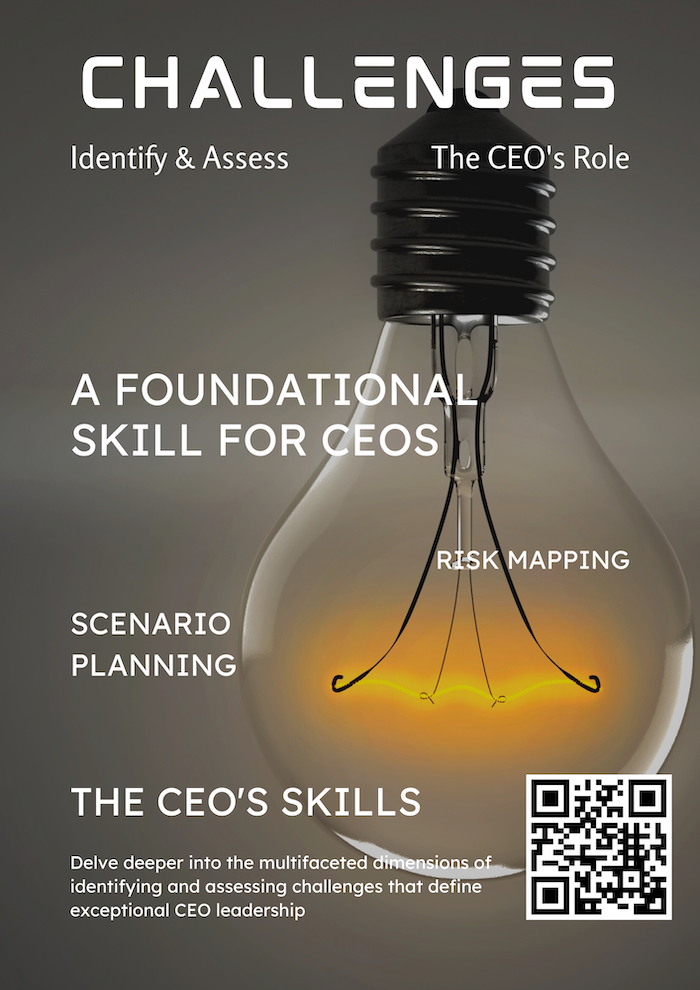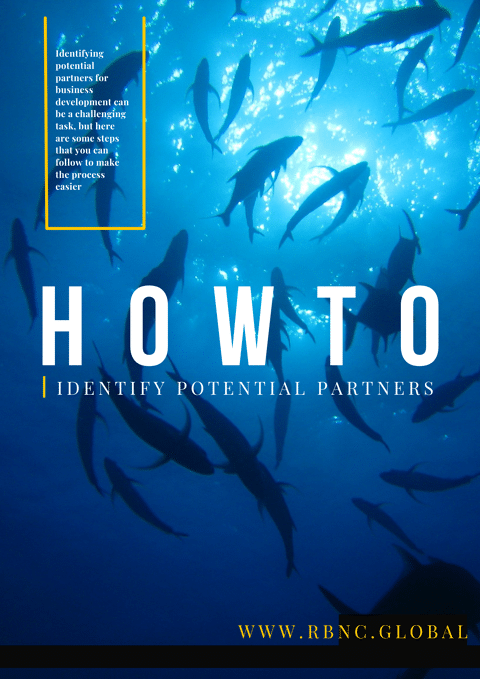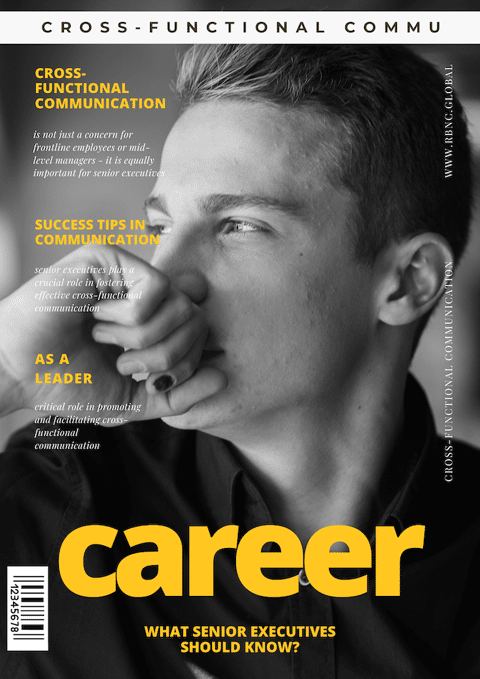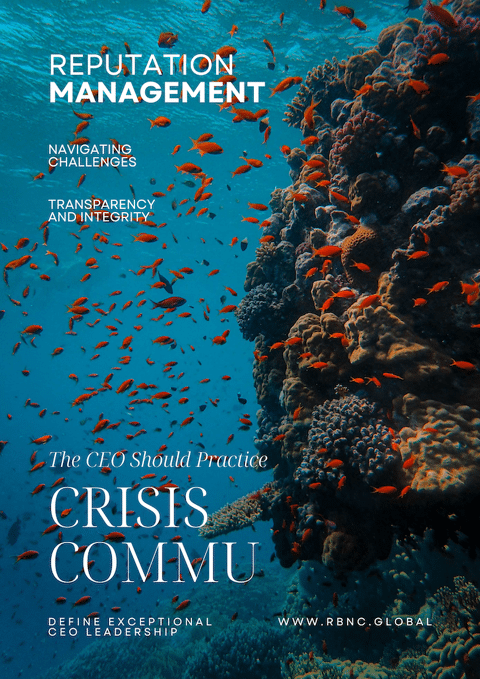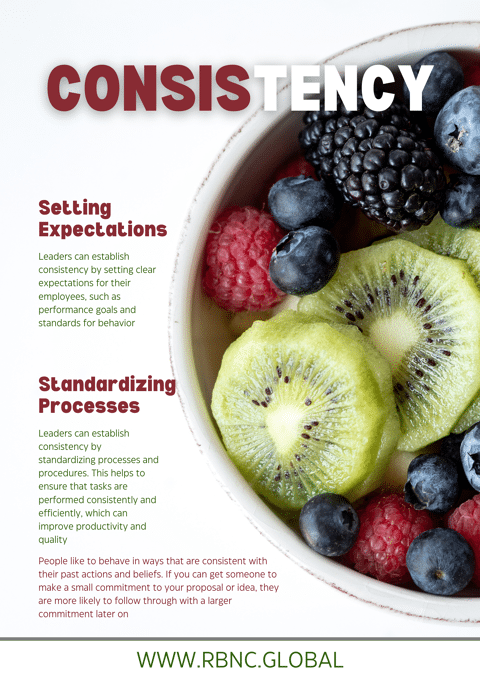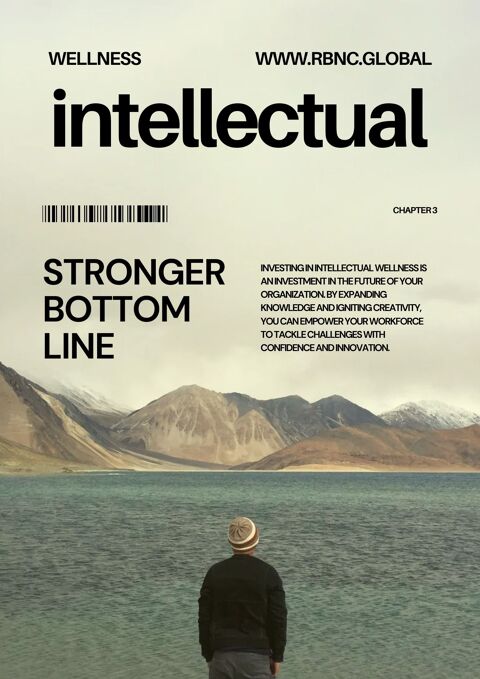Identifying and Assessing Challenges - The CEO Skills
Environmental Scanning:
Exceptional CEOs continuously monitor the external business environment to identify trends, shifts, and potential challenges.
- Market Analysis: CEOs analyze market trends, competitive landscapes, and emerging technologies to anticipate shifts that could affect the organization's competitiveness.
- Macroeconomic Factors: These CEOs track economic indicators, such as inflation rates and consumer confidence, to assess potential impacts on the organization's operations and growth.
- Industry Disruptions: CEOs stay informed about disruptions that could reshape the industry, such as regulatory changes, technological advancements, or shifts in consumer behaviour.
Risk Mapping:
CEOs skilled in identifying and assessing challenges conduct comprehensive risk assessments to understand potential vulnerabilities.
- Risk Categories: These CEOs categorize risks into areas such as operational, financial, reputational, and regulatory, ensuring a holistic view of potential challenges.
- Probability and Impact: Exceptional CEOs evaluate the likelihood of risks occurring and the potential impact on the organization's objectives, allowing for prioritization.
- Risk Scenarios: CEOs create scenarios that outline how different risks might manifest, helping the organization prepare for a range of potential outcomes.
Scenario Planning:
Effective CEOs engage in scenario planning to prepare for potential challenges and disruptions.
- Best-Case, Worst-Case, Realistic Scenarios: These CEOs consider best-case, worst-case, and realistic scenarios to explore potential challenges and assess the organization's readiness to respond.
- Strategic Flexibility: Exceptional CEOs adjust strategic plans based on different scenarios, ensuring the organization can pivot quickly in response to changing circumstances.
- Decision Framework: CEOs develop decision-making frameworks that guide actions based on the specific challenges presented by each scenario.
Cross-Functional Collaboration:
CEOs who prioritize identifying and assessing challenges encourage cross-functional collaboration.
- Diverse Perspectives: These CEOs bring together teams from various departments to collectively identify challenges and potential solutions.
- Brainstorming Sessions: Exceptional CEOs conduct brainstorming sessions where employees contribute their insights and perspectives on potential challenges.
- Expert Insights: CEOs seek input from industry experts, consultants, and advisors to gain external perspectives on emerging challenges.
Conclusion:
Identifying and assessing challenges is a critical skill for exceptional CEO leadership. CEOs who stay vigilant about environmental shifts, map potential risks, engage in scenario planning, and foster cross-functional collaboration ensure that their organizations are prepared to navigate uncertainties with agility and resilience. By proactively addressing challenges before they escalate, CEOs position their organizations to adapt, innovate, and thrive in a rapidly changing business landscape.

